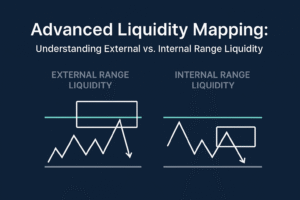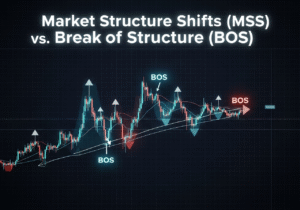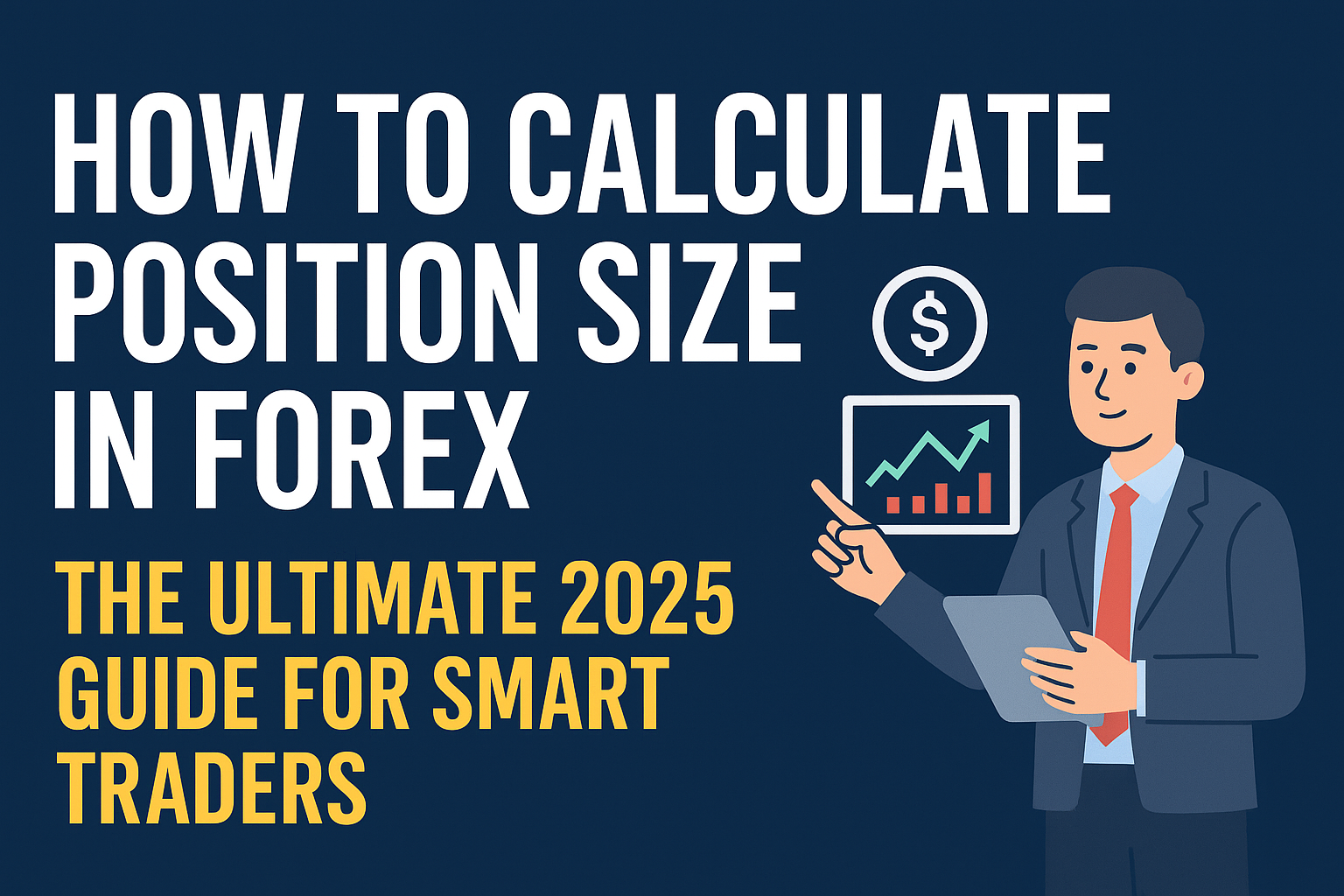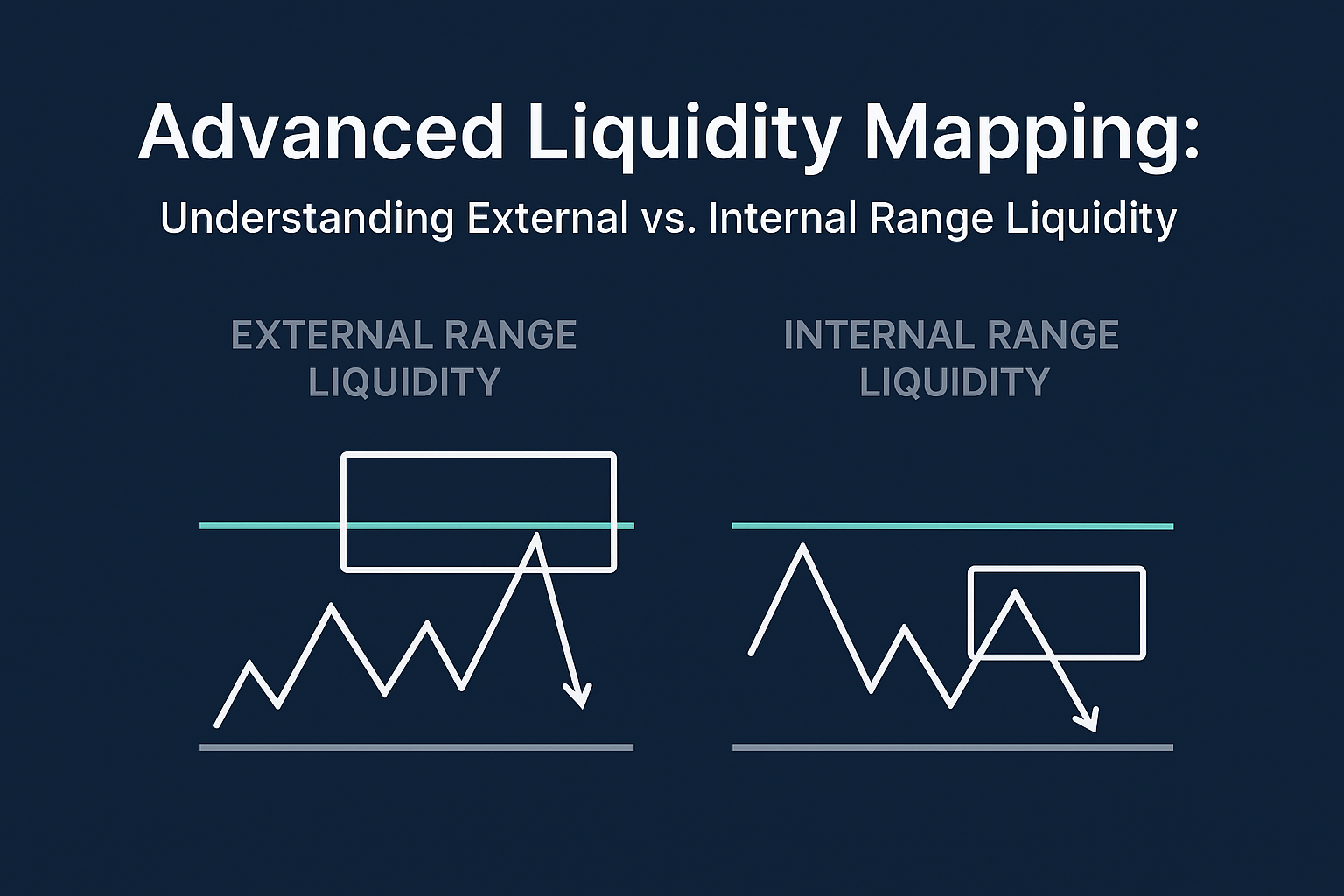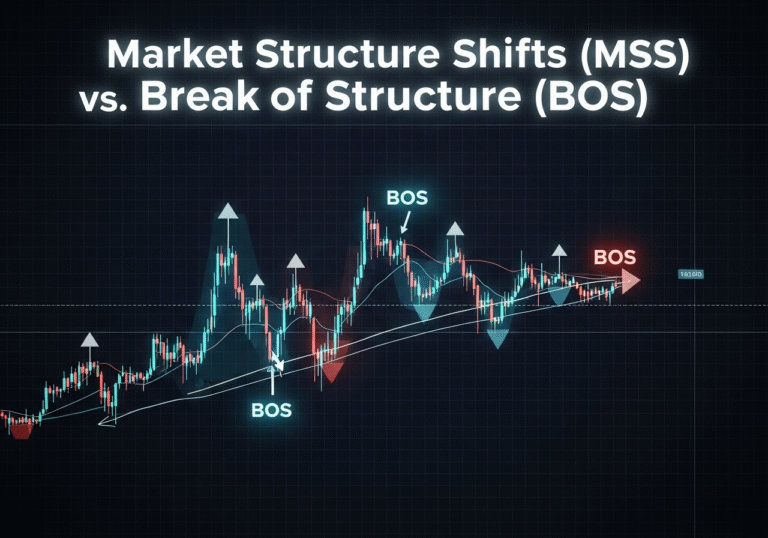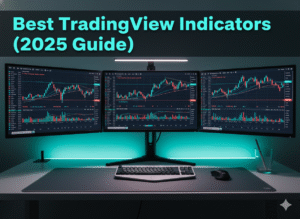Position sizing is the backbone of risk management in forex trading. No matter how accurate your analysis or how strong your strategy is, poor position sizing can quickly lead to account ruin. Understanding how to calculate position size in forex allows you to control your exposure, preserve your capital, and trade with confidence.
In simple terms, position sizing tells you how many units or lots to buy or sell in a trade based on your account size and acceptable risk. Without it, traders either risk too much and lose big, or risk too little and stunt their profit potential.
Understanding the Concept of Position Size in Forex
What Is Position Size?
In forex, position size refers to the volume of a trade, usually measured in lots (standard, mini, or micro). A standard lot equals 100,000 units of currency, while a micro lot is 1,000 units. The larger your position size, the greater your potential profit—or loss.
The Role of Position Size in Risk Management
Position sizing is more than just numbers—it’s your first line of defense against emotional trading. It ensures that even if a trade goes wrong, your total loss stays within acceptable limits. Successful traders rarely risk more than 1–2% of their account per trade.
Key Factors That Influence Position Size Calculation
Several variables determine how large your trade should be. Let’s break them down:
Account Balance and Risk Percentage
Before opening a position, decide how much of your capital you’re willing to risk. For example, if your balance is $10,000 and you risk 2% per trade, your maximum loss is $200.
Stop Loss Distance (Pips)
Your stop loss defines where you’ll exit the trade if it moves against you. A larger stop loss means a smaller position size, and vice versa.
Pip Value and Currency Pair Volatility
Each pip (price movement) has a monetary value depending on the pair and lot size. Highly volatile pairs require smaller positions to manage risk effectively.
Leverage and Margin Requirements
Leverage amplifies both potential gains and losses. Using 1:100 leverage allows you to control $100,000 with just $1,000—but it also magnifies losses.
Step-by-Step Process: How to Calculate Position Size in Forex
Let’s walk through a practical step-by-step guide for accurate position sizing.
Step 1: Define Your Account Risk per Trade
Decide what percentage of your total balance you’re willing to lose if the trade fails. Most traders keep this between 1–2%.
Step 2: Determine Stop Loss in Pips
Use technical analysis to find a logical stop loss point. For example, set your stop loss at 50 pips if that’s the nearest support level.
Step 3: Calculate Pip Value Based on Pair
For most USD-based pairs, a 1-pip move equals $10 per standard lot. However, for cross pairs, the pip value depends on exchange rates.
Step 4: Use the Position Size Formula
Step 5: Adjust for Leverage and Broker Requirements
Make sure your margin and leverage settings allow the trade size without triggering margin calls.
The Formula for Calculating Position Size (with Example)
The Position Size Formula Explained
Let’s assume:
-
Account balance = $10,000
-
Risk = 2% ($200)
-
Stop loss = 50 pips
-
Pip value = $10 per standard lot
Position Size=20050×10=0.4 lotsPosition \, Size = \frac{200}{50 \times 10} = 0.4 \, \text{lots}
So, you should trade 0.4 standard lots (or 40,000 units) to keep your loss within 2%.
Example: Calculating Position Size for EUR/USD
If you buy EUR/USD with a 50-pip stop loss and risk 2% of a $10,000 account, your position size is 0.4 lots, meaning each pip movement equals $4.
Useful Forex Position Size Calculators and Tools
Top Online Calculators for Traders
Websites like Myfxbook Position Size Calculator make this process fast and error-free.
How to Use MetaTrader 4/5 for Position Sizing
MT4 and MT5 have built-in tools and scripts to calculate position size automatically based on your balance and stop loss.
Common Mistakes Traders Make When Calculating Position Size
Ignoring Risk-Reward Ratios
A good position size means nothing if your trade setup offers a poor risk-to-reward ratio (RRR). Always target at least 1:2 RRR.
Overleveraging Trades
Using high leverage can wipe out your account quickly. Stick to low leverage (1:10 or 1:20) for better control.
Not Adjusting for Currency Pair Volatility
Pairs like GBP/JPY move faster than EUR/USD. Use smaller sizes for volatile pairs.
Advanced Tips for Position Sizing in Different Market Conditions
Position Sizing in Trending vs. Ranging Markets
In trending markets, traders can scale in gradually to build larger positions. In sideways markets, use smaller sizes to limit false breakouts.
How to Scale In and Out of Trades Safely
Scaling in allows partial entries at different price points, reducing average entry risk. Scaling out helps secure profits as the trade progresses.
Automating Position Size Calculation with Trading Software
Using Trading Bots for Risk Control
Automated bots can calculate and adjust position sizes instantly as market conditions change.
Position Sizing Scripts and Indicators
You can install MT4/MT5 scripts that handle position sizing based on preset parameters—ideal for disciplined traders.
FAQs About How to Calculate Position Size in Forex
Q1. What is the safest risk percentage per trade?
Most professionals recommend 1–2% per trade to protect capital.
Q2. Does leverage affect position size?
Yes. Higher leverage increases your buying power, allowing larger trades—but also raises risk.
Q3. Can I calculate position size manually without tools?
Absolutely. Just apply the formula: Account Risk ÷ (Stop Loss × Pip Value).
Q4. Should position size change for different currency pairs?
Yes, because pip values and volatility differ between pairs.
Q5. What happens if I ignore position sizing?
You risk blowing your account even with a good strategy. Position sizing keeps you in the game.
Q6. How often should I adjust my position size?
Update it whenever your account balance changes or your risk appetite shifts.
Conclusion: Master Position Sizing for Long-Term Success
Learning how to calculate position size in forex isn’t just math—it’s mastering emotional discipline and risk control. With consistent application, it ensures your trading journey remains sustainable and profitable.
Remember: protect your capital first, profits will follow.

